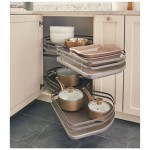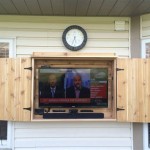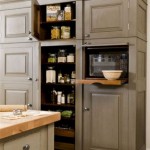A Guide to Installing a Built-in Microwave A built-in microwave is one of the most convenient pieces of kitchen appliances to have. It’s an essential part of modern life, and many homeowners are now choosing to install one in their home. It’s a great way to save space and add a modern touch to any kitchen. But before you start shopping for a built-in microwave, it’s important to understand the process of installation.
When it comes to installing a built-in microwave, there are a few key steps that must be taken. First, you need to decide where in the kitchen you’d like the microwave to be installed. Generally, it’s best to install it near an electrical outlet, as this will make it easier to plug in. You should also measure the area where the microwave will be installed, and make sure that the size of the microwave will fit in the space.
Once you’ve decided on the ideal spot for your built-in microwave, the next step is to prepare the space. This might involve removing any existing cabinetry, as well as making sure that the area is properly insulated. This is especially important if you plan on installing the microwave in an area that isn’t near an electrical outlet. You’ll also want to make sure that the wall or cabinet where the microwave will be installed is strong enough to support its weight.
After the space is prepared, the next step is to install the microwave. This will involve attaching the mounting bracket to the wall or cabinet, and then attaching the microwave to the bracket. The wiring for the microwave should also be connected to an electrical outlet. It’s important to make sure that all of the connections are secure, and that the wiring is properly insulated.
Once the microwave is installed, you’ll need to make sure that it’s properly vented. This will help to reduce the risk of a fire, as well as keep the microwave from overheating. The venting system should be connected to the outside of the house, and it should be properly insulated.
Finally, you’ll need to test the microwave to make sure that it’s working properly. This might involve testing the power levels, as well as making sure that the fan is working correctly. If everything looks good, then you can enjoy the convenience of having a built-in microwave in your kitchen.
Installing a built-in microwave is a great way to save space and add convenience to your kitchen. By following the steps outlined above, you can ensure that the installation process goes smoothly. Once the microwave is installed, you can enjoy the convenience of having a reliable, easy-to-use appliance in your kitchen.










Related Posts








